Planting Seeds of a Greener City... in the 1930s
Arasapha Garden Club's role in New Castle's streetside trees and Tree Commission
Editor’s Note: Thanks to Arasapha Garden Club chair and historian Linda Suskie for continuing to offer these Tales from Arasapha’s First 50 Years, as the club celebrates the 90th Anniversary of its founding. Like previous installments, this story is as much New Castle history as the club’s, showing Arasapha as more than just its familiar support for our historic gardens, and the Holiday Greening and May Market events.
Update - April 15, 2025 - This article won First Place in the ‘Specialty Articles: Environmental’ category of this year’s Delaware Press Association Communication Contest. Congratulations to Linda Suskie for her fine work!

By the late 1800s, city planners throughout the United States began to recognize the value of planting streetside trees. Neighborhoods with trees are more beautiful and have higher property values. Trees also reduce pollution, and their roots mitigate flooding. In the 1870s an influential study correlated high summer temperatures with childhood deaths from infectious diseases. The study concluded that streetside trees could save thousands of lives a year by lowering home and street temperatures.
Turn-of-the-century photos of New Castle’s streets show trees here and there rather than full streets of trees. This suggests that New Castle’s earliest streetside trees were likely planted by individual property owners rather than according to a city-wide plan.
By 1934 many of New Castle’s earliest streetside trees were old or dying. City Councilman John Filliben proposed planting shade trees along New Castle’s main streets. He was probably inspired by the national “City Beautiful” movement that aimed to beautify cities to improve the quality of life of residents and spur economic development. The Trustees of New Castle Common offered to purchase and plant 100 young trees. Arasapha Garden Club, which had been formed that January, oversaw the planting of the trees in 1935.
From 1936 through 1941 Arasapha planted another 300 streetside trees funded by the Trustees of New Castle Common, bringing the total to 400. Most were maples—sugar maples, Norway maples, and silver maples. Arasapha also planted dozens of oriental plane trees—cousins of sycamores—and willow trees. Tree planting stopped during World War II because, with men serving in the military, local nurseries had no one to plant trees.
In 1940 architect Albert Kruse took many photos of New Castle. Some of his photos document trees planted by Arasapha in the 1930s.

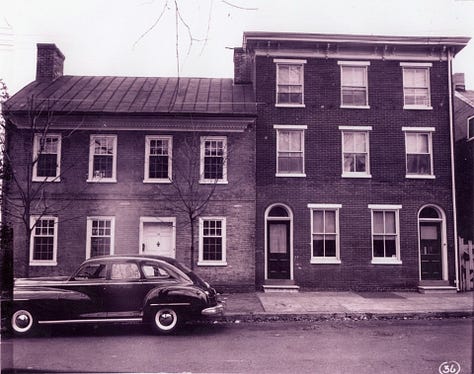
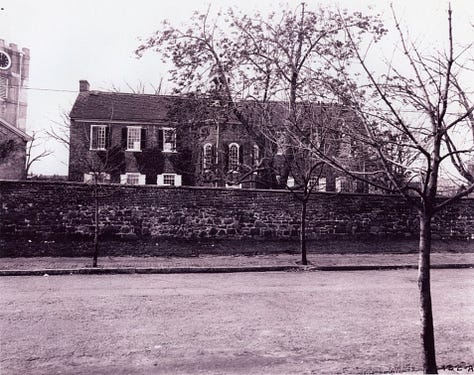
.
It’s one thing to plant trees; it’s another to care for them. Newly planted trees need regular watering. Trees growing in the tight quarters of New Castle streets need regular trimming. Dying trees need removal.
Initially, Arasapha asked property owners to water and care for the newly planted trees. This didn’t work. A number of new trees died, and Arasapha paid for replacements for them.
Keeping the trees trimmed was a more costly and complicated issue. Initially Arasapha took responsibility for trimming streetside trees. By 1938 the Board of Water & Light Commission was also trimming the trees, but only enough to keep power lines clear.
Arasapha had no interest in becoming the City’s permanent tree care service. So in 1946 Arasapha asked the Trustees of New Castle Common, the Trustees of Market Square (who also cared for the Green), the Board of Water & Light Commissioners, and City Council about forming a New Castle Tree Commission.
By March 1947, all Tree Commission members had been appointed. But the Tree Commission never met that year, and Arasapha once again hired tree trimmers. The Tree Commission finally met in January 1948, only to realize that it had no authority and no funds. By 1949, the group decided to dissolve.
The dissolution of the Tree Commission spurred City Council to draft an ordinance creating another Tree Commission with “real” authority. But the ordinance was not passed until October 1953. During the four-year interim, Arasapha contracted Bartlett Tree Expert Company to offer recommendations for city tree care. But the cost was too high for the club to handle on its own. The Board of Water & Light, meanwhile, contracted with Bartlett to continue to trim streetside trees only enough for power line clearance. Residents complained that Bartlett was “butchering” the trees.
An ordinance passed in 1953 charged the Tree Commission with handling tree care in parks and city-owned properties and with “regulating” streetside tree maintenance. It was empowered to contract for tree care.
The ordinance did not provide funding, however. Instead it authorized the Tree Commission to receive grants and contributions. Apparently City Council expected that the Board of Water & Light would turn over to the Tree Commission the funds it used for tree trimming and the Trustees of New Castle Common would contribute funds akin to what it had granted for Arasapha’s 1930s tree planting program.
But these funds did not materialize. The Board of Water & Light continued to contract Bartlett for power line clearance, and residents continued to complain that trees were being “butchered.”
In 1955 the Tree Commission hosted a public meeting with Richard Viggars of Bartlett, who defended the company’s work. Viggars explained that the 400 trees planted by Arasapha in the 1930s were planted without a plan. What he meant was that the trees were selected without foresight. The maple and oriental plane trees planted by Arasapha could grow 50-100 feet high and almost as wide. This is far too wide for New Castle’s narrow streets with buildings right up against the sidewalks. This is also far too tall for New Castle’s overhead power lines. All this explains why the trees looked so bad when they were trimmed.
Viggars advised that the only way to address unsatisfactory tree trimming would be to remove the trees planted by Arasapha and plant new trees that would grow no taller than 3 feet below the power lines. Viggars said that, in the long run, the cost would be less than trimming trees that were too large for their location.
In the decades that followed the meeting with Viggars, most of the trees planted by Arasapha were eventually removed. But no one developed a comprehensive plan to replace the removed streetside trees with more suitable ones.
Today only a handful of the trees planted by Arasapha in the 1930s remain. Two silver maples are in front of 53-55 The Strand. Another silver maple is in front of 103 Harmony Street.
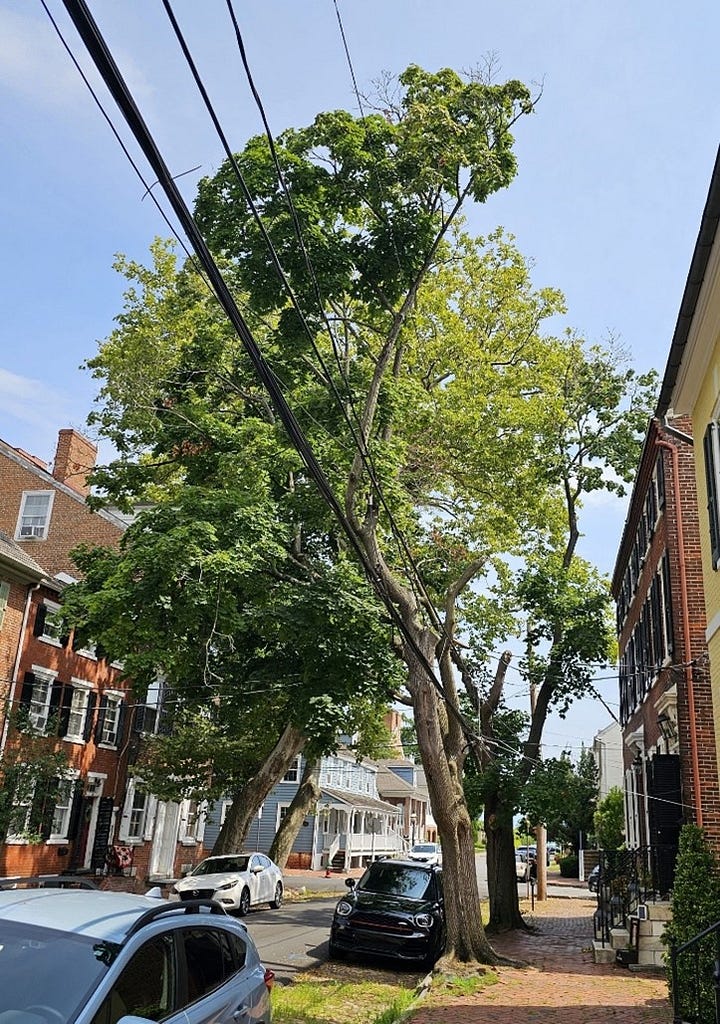
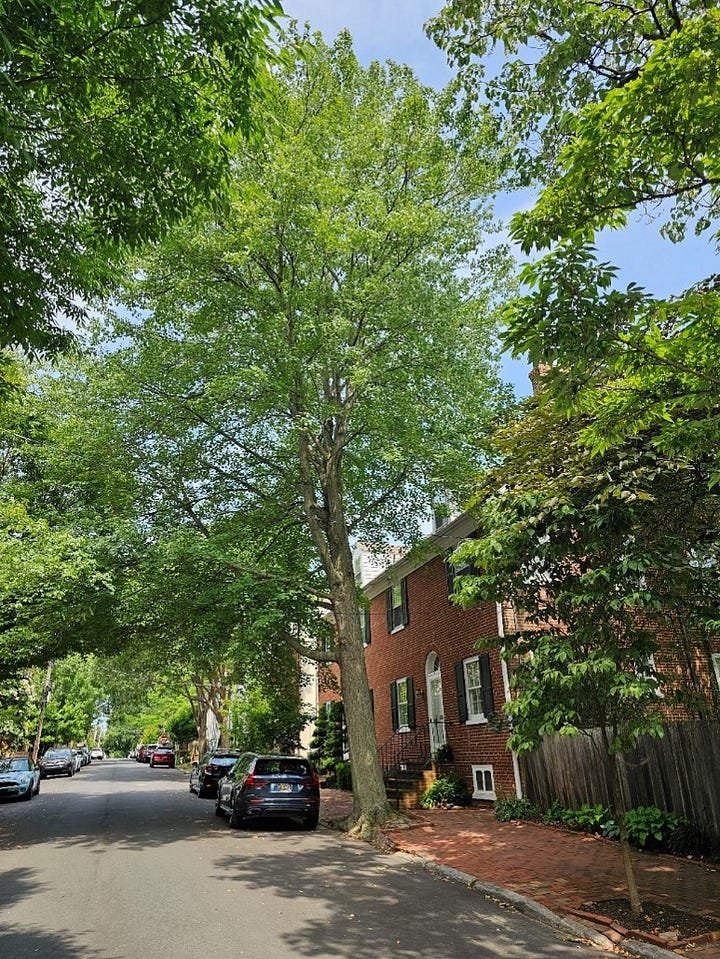
.
In the quarter century that followed the Bartlett meeting, three Arasapha members made significant contributions to the Tree Commission. Mary McIntire was named Tree Commission chairman in 1956 and served for a decade. During her tenure, the Tree Commission planted a few dozen trees, mostly in neighborhoods outside the Historic District. But its priority was fighting Dutch elm disease, which was killing elms throughout the East Coast. Experts recommended fertilizing elms, spraying them with a pesticide, and removing diseased and dead trees and limbs. Unfortunately, these strategies weren’t sufficient, and eventually New Castle’s elms died.
Bonnie White was Arasapha’s representative to the Tree Commission from 1970 through 1975. In 1973, she proposed a plan to beautify the city’s entrances. With a $12,000 grant from City Council, the Tree Commission installed four “Welcome to New Castle” signs along with 125 flowering trees and 92 shrubs.
Bonnie White and fellow Tree Commissioner Robert Hill also drafted updated rules and regulations that City Council adopted in 1974. The new rules clarified that streetside trees were the City’s responsibility, with the Tree Commission charged with contracting for their care. The new rules led to a change in Tree Commission funding. Because the City was now responsible for streetside trees, funding now came primarily from the City rather than the Trustees of New Castle Common.
Arasapha closed out its first 50 years with a collaboration with the Tree Commission, then chaired by Arasapha member Sally Monigle.
A developer wanted to remove the large catalpa tree at 121 East Second Street and build townhouses on the site. Although the tree is on private property and therefore outside the Tree Commission’s jurisdiction, both Arasapha and the Tree Commission went on record in support of saving it. Their lobbying efforts were successful, and the catalpa still graces East Second Street today.
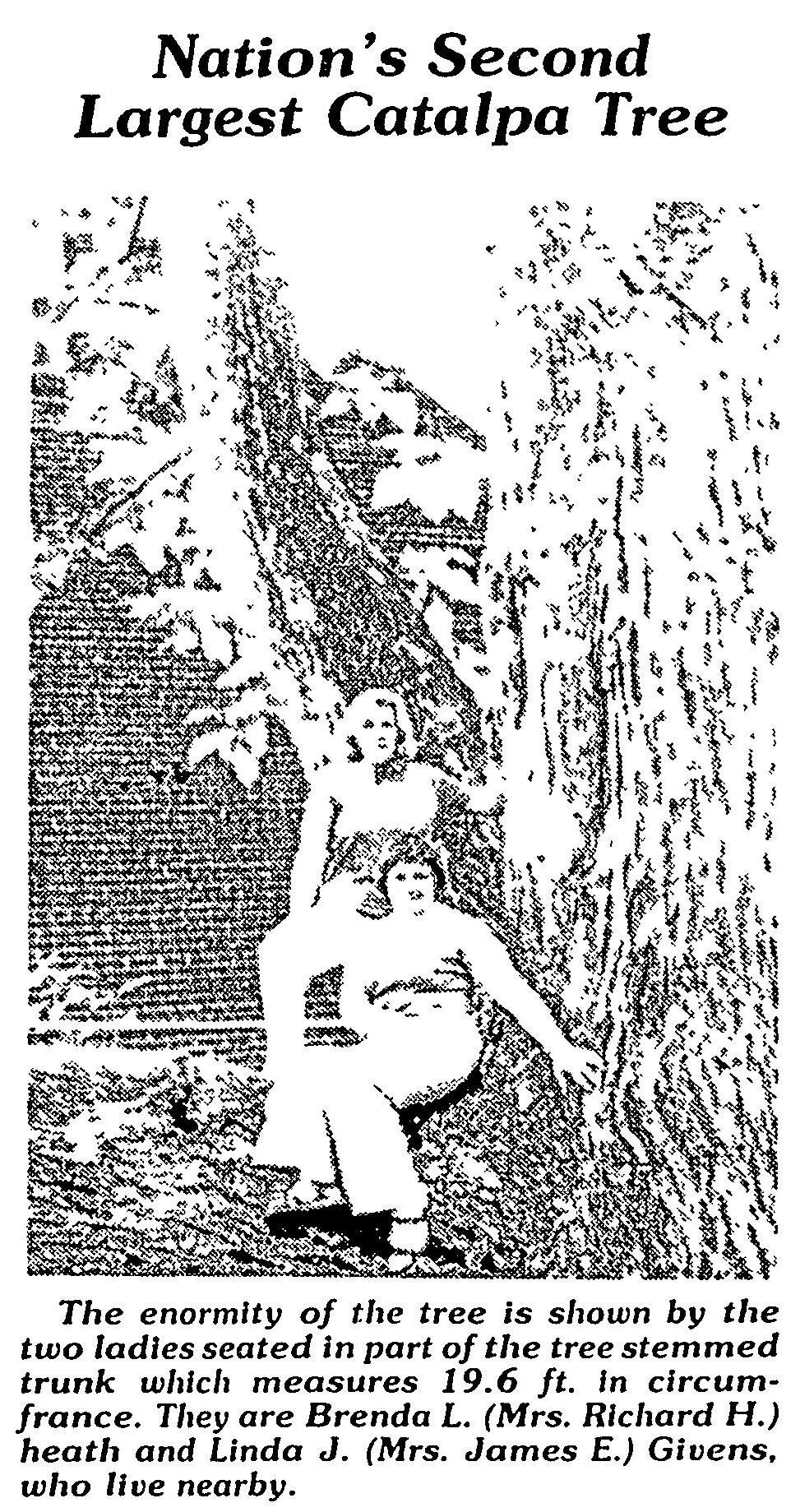
By planting trees and creating the first Tree Commission during its first 50 years, Arasapha brought attention to the value of streetside trees. Without Arasapha, New Castle’s streets might look very different today.
Arasapha supports New Castle’s current streetside tree planting program, which has planted over 200 trees since 2015. If you would like to help, send contributions to: Trees/New Castle Community Partnership, P.O. Box 444, Historic New Castle, Delaware 19720.
To learn about today’s Tree Advisory Commission, visit its page on the city website.
For more information on Arasapha’s history, visit Arasapha.org/history. There are many holes in club archives! If you have any documents, photos, or information related to Arasapha’s history, please contact us at ArasaphaGarden@gmail.com.
Thanks again to Linda Suskie for eloquently documenting the aspects of New Castle’s rich history that have been beautified by Arasapha. This and other ‘Tales from Arasapha’s First 50’ have also been published in print, in The Weekly.
Linda’s final story about Arasapha’s fun, fascinating, and sometimes feisty history will be coming out in Fall 2024.

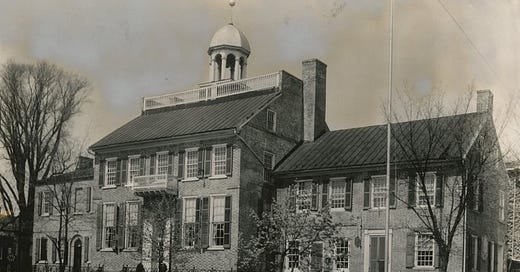


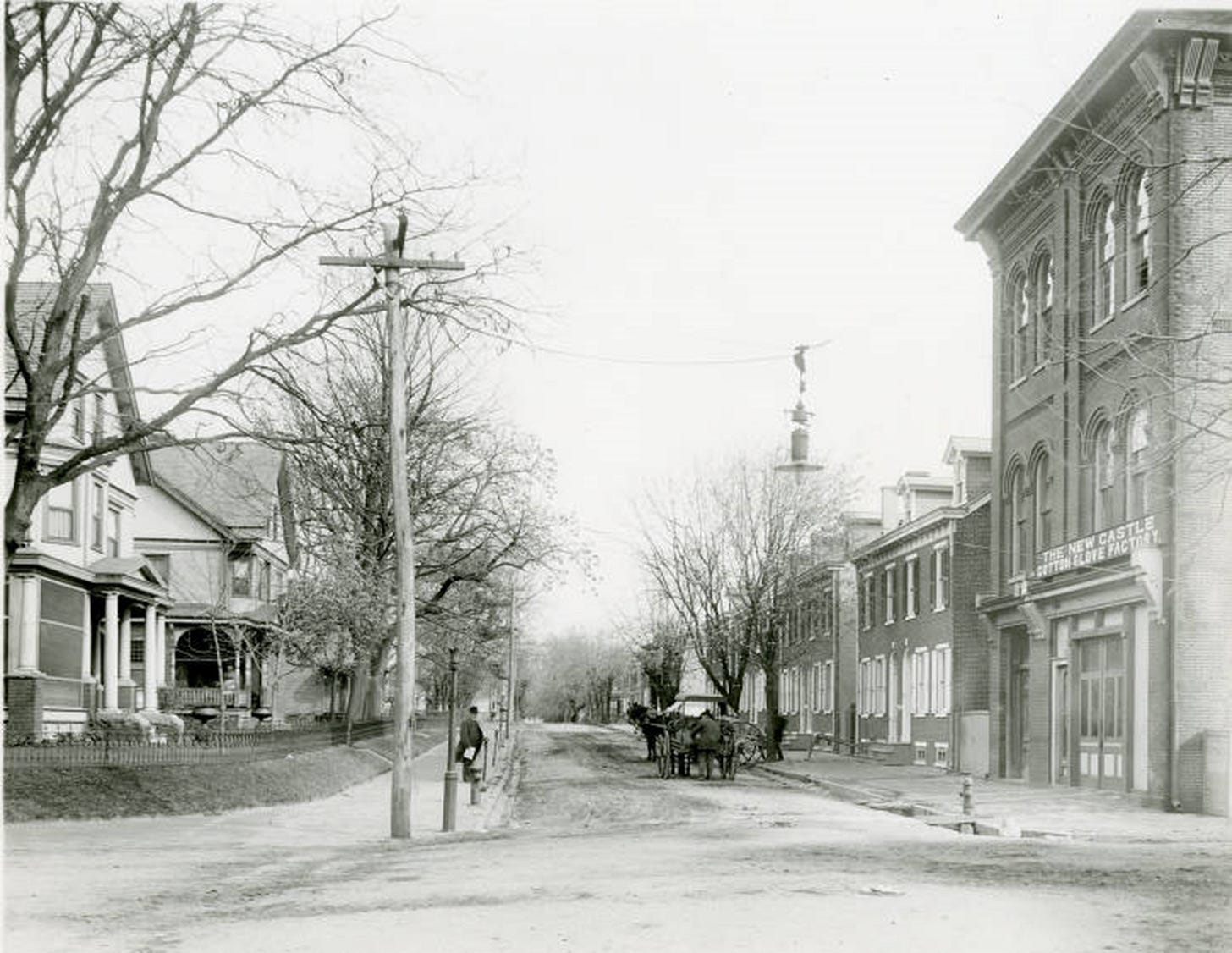
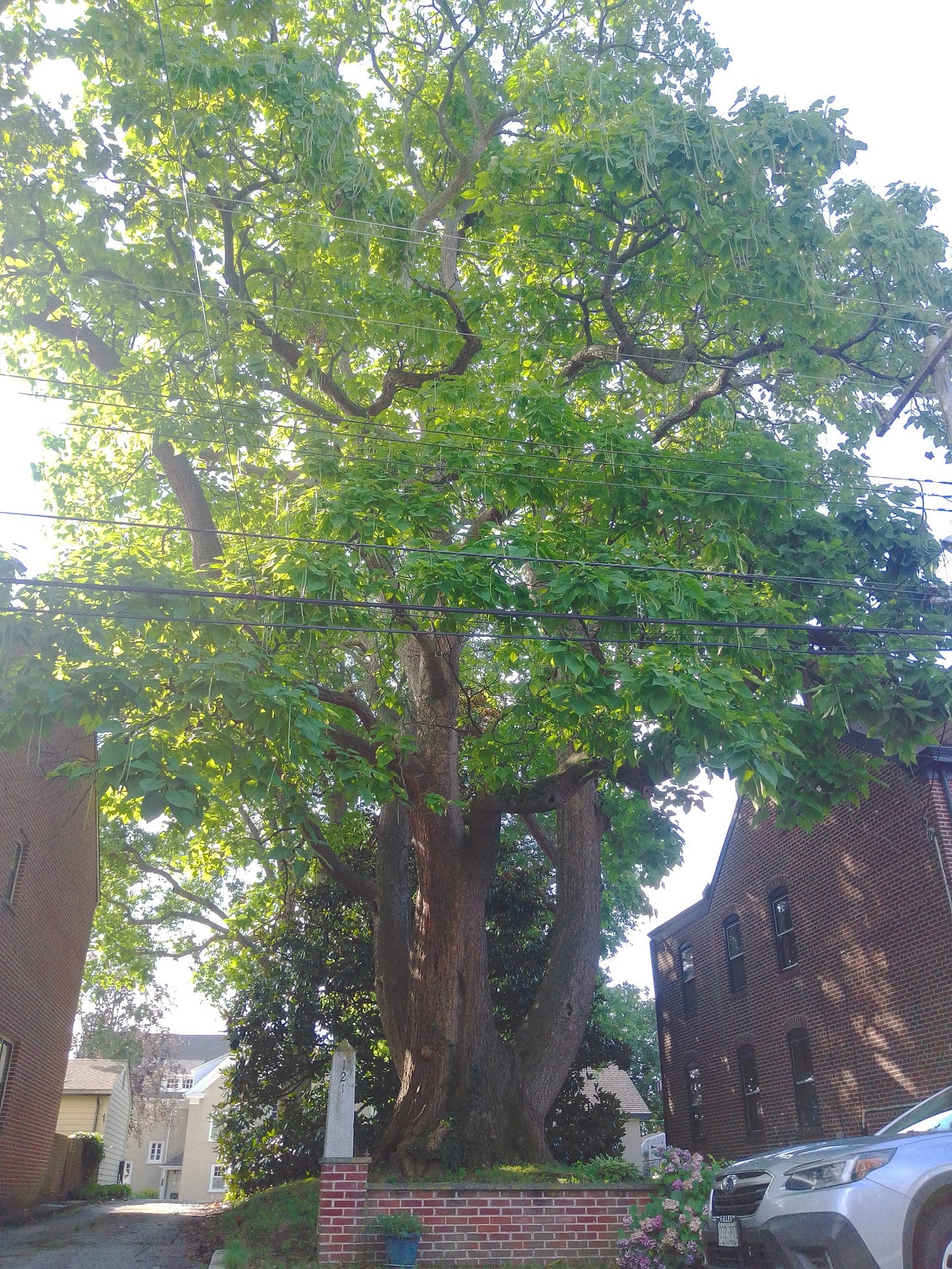


Excellent article Linda!! For the record the Catalpa Tree at 117 E. 2nd Street was recently measured by the Delaware Forestry Service and they suspect that it is now the biggest Catalpa in Delaware. We should hear from them soon. Sadly, the tree may need some attention. We contacted Bartlett Tree Experts for an estimate for a full health evaluation. The estimate cost for a full study will be $3500. This unfortunately is not within the means of the owners. I hope we as a community to come together, as we have in the past, to cherish and preserve our historic trees.